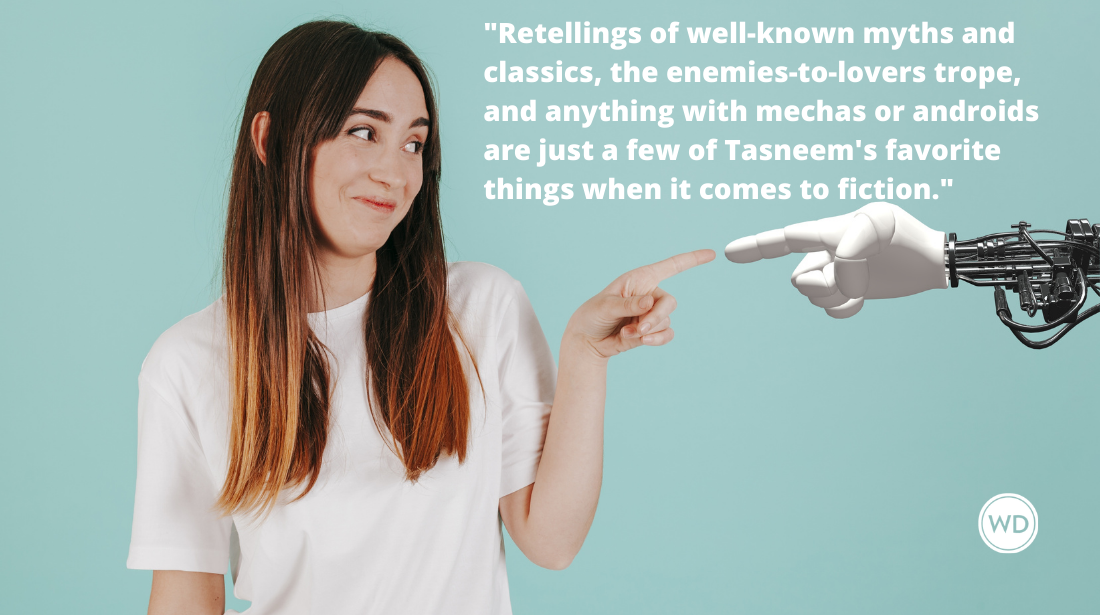Literary Agents Talk Trends in Children’s Publishing at NESCBWI
This weekend was the NESCBWI (The New England chapter of the Society of Children’s Book Writers and Illustrators) Conference in Fitchburg, MA. There were informative workshops and inspiring speakers. One particularly informative session was an Agent Panel featuring Ammi-Joan Paquette of Erin Murphy Literary Agency, Sarah Davies of Greenhouse Literary Agency, and Edward Necarsulmer IV of McIntosh and Otis. They gave insider opinions on the state of fiction, picture books, nonfiction, and writing a standalone novel versus a series. In addition, they spoke about writers maintaining an online presence. Keep reading to find out what writers wanted to know and the advice agents gave.
This weekend was the NESCBWI (The New England chapter of the Society of Children’s Book Writers and Illustrators) Conference in Fitchburg, MA. There were informative workshops and inspiring speakers. One particularly informative session was an Agent Panel featuring Ammi-Joan Paquette of Erin Murphy Literary Agency, Sarah Davies of Greenhouse Literary Agency, and Edward Necarsulmer IV of Dunow, Carlson & Lerner [formerly of McIntosh and Otis]. They gave insider opinions on the state of fiction, picture books, nonfiction, and writing a standalone novel versus a series. In addition, they spoke about writers maintaining an online presence. Keep reading to find out what writers wanted to know and the advice agents gave.
ARE SERIES STILL SELLING OR IS IT BETTER TO QUERY WITH A STANDALONE NOVEL?
Sarah Davies believed whether or not a book will garner interest as a series depends on the premise. If a writer wants to sell it as a series, it needs to have a fantastic hook.
Edward Necarsulmer recommended starting with a standalone. He’s found most books start that way and then if they sell well, will later become a series.
No matter the genre of children’s books, the agents on the panel recommended tight writing and a hook to interest agents and publishers. In addition, even if you have an idea for a series, be willing to promote it as a standalone. And if you’re going to maintain a blog, make sure it’s written to impress potential agents and publishers.
HOW IMPORTANT IS IT FOR WRITERS TO HAVE AN ONLINE PRESENCE?
Ammi-Joan Paquette said if she’s considering a submission, she’ll do a Google search on the writer to see if they have a blog or website. She doesn’t think it’s essential, so it’s not a deciding factor for representation. But if it’s there, it’s a plus.
Sarah Davies warned writers to be aware of who’s reading their blogs. There are scouts looking for hot new talent. If there’s a link at the bottom of a query, she will check the blog. She suggested updating your blog frequently and not to write about rejections.
IS THE PICTURE BOOK MARKET DEAD?
Ammi-Joan Paquette acknowledged that picture books have been pushed down for a while. This genre on the rise, but it’s still a soft market. If you want to sell picture books they need to stand out. Go beyond the story for subtext and depth. Leave room for illustrators to play and imagination of the readers to take off. If there’s lasting value and rich quality, there will always be room for your book.
WHAT IS THE STATUS OF NONFICTION IN THE CHILDREN'S MARKET?
Ammi-Joan Paquette said it’s a challenging market. The book needs to be a compelling, fresh topic that fits into the same categories. You need to find the right project. It has to be a great story, greatly delivered.
Edward Necarsulmer suggested it’s easier to get nonfiction published as a first time author because almost everyone is writing fiction. But you still need to have an interesting topic and a new hook.
SHOULD WRITERS FOCUS ON THE NEXT BIG TREND?
Edward Necarsulmer cautioned against writing for the market. While it would be nice to anticipate trends, there’s a fine line between timely and opportunistic. Besides, if something is in, by the time you write it, the trend is over. Since he’s been in publishing, Edward has been told picture books are dead, YA is dead, and so on. Everything comes around. Dark concepts are a crowded market right now and maybe readers will want a break from it soon. He suggested ignoring marketing and focusing on craft.
Sarah Davies said YA is still dominant and has life left in it, so the biggest deals are still to be found there in the children’s book market. Dystopic books are popular right now so many publishers are looking for big, dark, hard-hitting conceptual stories. Selling light, commercial YA is trickier because it needs to really stand out. Agents and publishers are always on the lookout for something with a different hook they haven’t seen before.
Ammi-Joan Paquette agreed it’s a challenging market in this economy. This is forcing authors to dig deep and hone their craft. Short cuts and quick runs won’t go the distance because agents and editors don’t want to take the time and chance on an interesting concept that’s poorly written.
Theresa Milstein writes mostly YA with a paranormal twist. She’s published several YA and adult short stories. She’s a member of SCBWI and active in the New England SCBWI branch. Her blog: Theresa’s Tales.







